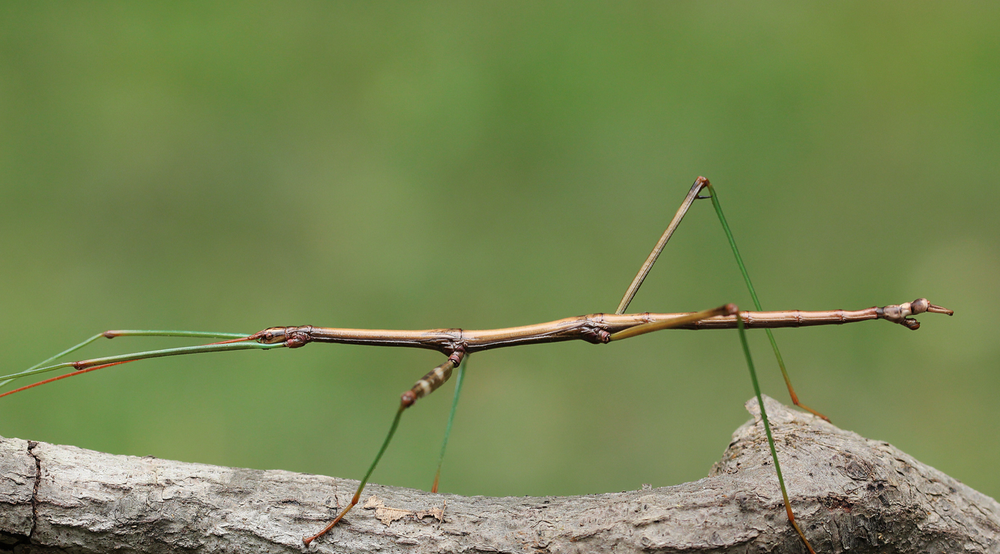This video, we're going to talk about the third and final type of exploitation in our lesson, which is parasitism. And so a parasite is an organism that lives in or on another organism, which we call the host, stealing or taking resources from the host. Now, in this video, we are going to talk about three different types of parasites, which are ectoparasites, endoparasites, and parasitoids. Now an ectoparasite is a parasite that lives outside of the host since the root "ecto" means outside. For example, ticks are an example of an ectoparasite since they live outside of their host, which in this case would be this cow here.
Now, an endoparasite, on the other hand, is going to live inside of the host, since the root "endo" means inside. For example, roundworms live inside the digestive system of their host, here a dog, and so they are considered endoparasites. Now, ecto- and endoparasites are often not going to be fatal to the host. So usually, the host can live alongside ecto and endoparasites for extended periods of time. Now, on the other hand, a parasitoid is an organism that lives as a parasite early on in its development during the larval stage.
And so, a parasitoid will lay eggs on or in a host, and then the larvae that hatch from those eggs will feed on the host and steal resources from the host until the host is dead. And so, unlike ecto and endoparasites, which are usually not fatal to the host, a parasitoid is usually fatal to the host. As an example, we're going to look at these braconid wasp larvae. A braconid wasp will lay eggs on or in a host. Here the host is a caterpillar, and you can see one of these eggs we're zooming into right here, and you can see the larvae inside of the egg.
Now, when that larva hatches from this egg, it is going to consume and steal resources from the caterpillar until the caterpillar is dead. And so, again, we refer to this as a parasitoid. So this here concludes our brief lesson on parasitism, and I'll see you all in our next video.


